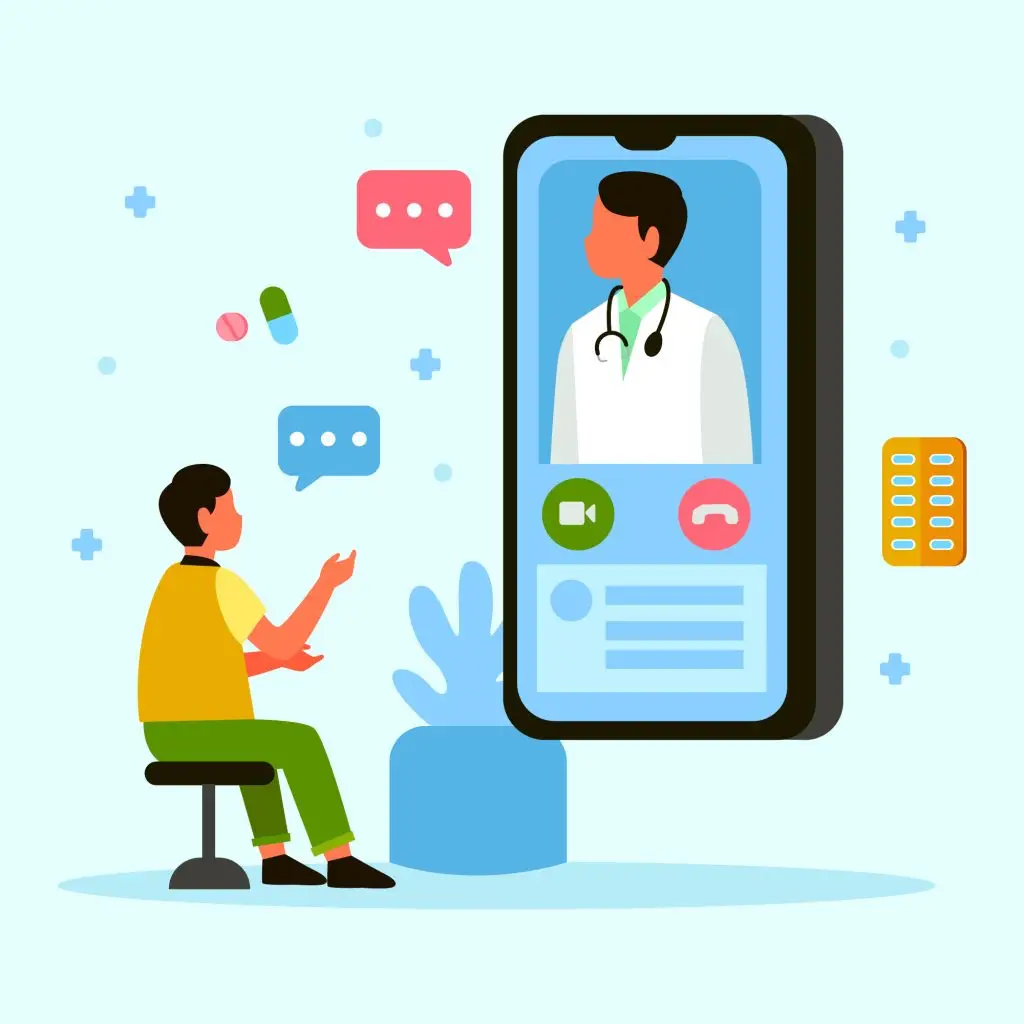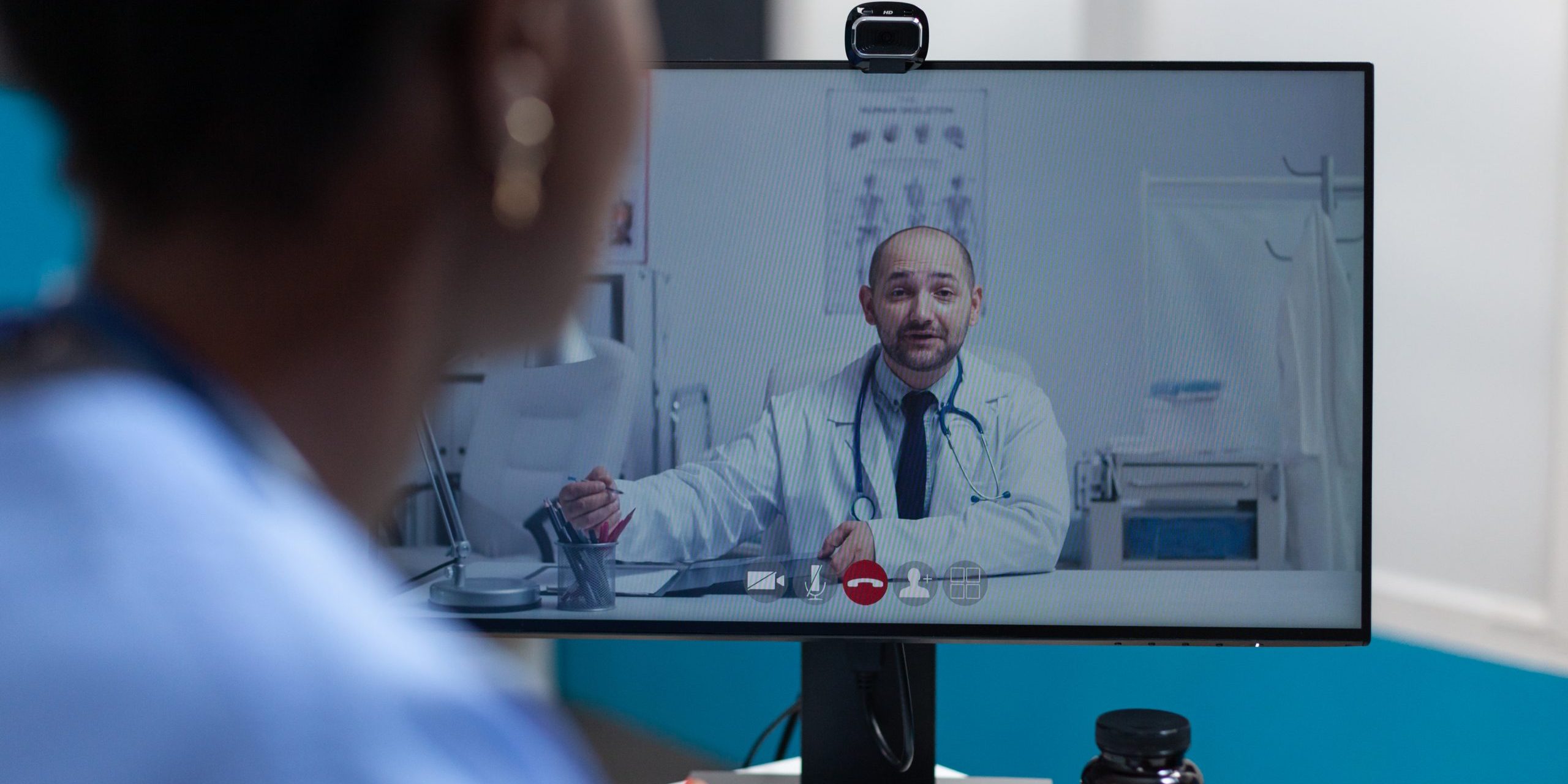Telehealth has revolutionized the way we access healthcare, making it more convenient and accessible than ever before. But what exactly should you expect during a telehealth appointment? Let’s dive into the details and demystify the process so you can feel prepared and confident for your next virtual visit.
What is Telehealth?
Definition
Telehealth refers to the delivery of healthcare services through digital communication technologies. This can include video calls, phone consultations, and even text messaging with healthcare providers.
History and Evolution
Telehealth has been around in various forms for decades, but it saw a significant surge in popularity during the COVID-19 pandemic. As people sought safer ways to receive medical care, telehealth became a lifeline for many.
Advantages of Telehealth Appointments
Convenience
One of the biggest perks of telehealth is its convenience. You can consult with your doctor from the comfort of your home, without needing to travel or sit in a waiting room.
Accessibility
Telehealth makes healthcare more accessible, especially for those living in remote areas or with mobility issues. It bridges the gap between patients and providers, no matter the distance.
Time Efficiency
Telehealth appointments tend to be more time-efficient. You can often get an appointment faster and spend less time waiting.
Preparing for Your Telehealth Appointment
Choosing the Right Device
Ensure you have a device that supports video calls, like a smartphone, tablet, or computer. Make sure it’s fully charged or plugged in.
Ensuring a Stable Internet Connection
A stable internet connection is crucial for a smooth telehealth experience. Test your connection ahead of time to avoid disruptions.
Setting Up a Private Space
Find a quiet, private space where you won’t be interrupted. This helps maintain confidentiality and allows you to focus on the consultation.
Technical Aspects of Telehealth
Platforms and Software
Healthcare providers use various platforms for telehealth appointments. Familiarize yourself with the software your provider uses and install any necessary applications in advance.
Troubleshooting Common Issues
Common technical issues include poor connection quality, audio problems, and software glitches. Have a backup plan, like switching to a phone call if the video fails.
Security and Privacy
Telehealth platforms are designed with security in mind. Ensure you’re using a secure, private connection and avoid public Wi-Fi to protect your information.
Types of Telehealth Services
General Consultations
Telehealth is ideal for general consultations, where you can discuss symptoms and receive medical advice.
Specialist Appointments
Specialists, like dermatologists or cardiologists, also offer telehealth services. You can receive expert care without needing to travel.
Mental Health Services
Telehealth is particularly effective for mental health services, offering therapy and counseling sessions remotely.
Follow-up Appointments
Follow-up appointments can easily be conducted via telehealth, saving you time and effort.
What to Expect During a Telehealth Appointment

Initial Setup and Logging In
Log in to the telehealth platform a few minutes before your appointment. Ensure your camera and microphone are working correctly.
Introduction and Verification
Your healthcare provider will start by verifying your identity and confirming the details of your appointment.
Discussing Symptoms and Concerns
Be ready to discuss your symptoms in detail. Provide as much information as possible to help your provider understand your condition.
Virtual Examination Techniques
Your provider may guide you through certain self-examinations, like checking your throat or measuring your pulse, to gather more information.
Effective Communication Tips
Speaking Clearly and Concisely
Speak clearly and concisely to ensure your provider understands your concerns. Avoid technical jargon unless you’re familiar with it.
Using Visual Aids
If applicable, use visual aids like charts or photos to illustrate your symptoms or medical history.
Asking Questions
Don’t hesitate to ask questions. Clear communication is key to getting the most out of your telehealth appointment.
Managing Medications and Prescriptions
E-Prescriptions
Your provider can send prescriptions directly to your pharmacy electronically, making it easy to get your medications.
Medication Management Tips
Keep track of your medications and let your provider know about any changes or side effects.
Follow-up and Aftercare
Scheduling Follow-up Appointments
If needed, schedule your next appointment before ending the current one. Many providers offer easy online scheduling.
Accessing Post-appointment Notes
You can often access notes and recommendations from your appointment through the telehealth platform.
Monitoring Progress
Keep an eye on your symptoms and follow your provider’s advice. Use any recommended tools or apps to track your progress.
Common Concerns and Misconceptions

Quality of Care
Many worry that telehealth won’t provide the same quality of care as in-person visits. However, studies show that telehealth can be just as effective for many conditions.
Data Security
Telehealth platforms are designed to be secure. Providers follow strict regulations to protect your data.
Handling Emergencies
Telehealth is not suitable for emergencies. If you have a medical emergency, call 911 or go to the nearest emergency room.
Success Stories and Case Studies
Patient Experiences
Many patients have positive experiences with telehealth, appreciating the convenience and accessibility.
Healthcare Provider Insights
Providers also find telehealth beneficial, allowing them to reach more patients and provide flexible care options.
The Future of Telehealth
Technological Advances
With advancements in technology, telehealth will continue to evolve, offering even more sophisticated tools and services.
Expansion of Services
Expect to see an expansion in the types of services offered via telehealth, including more specialized care and remote monitoring.
Potential Challenges
Challenges include ensuring equitable access and managing the digital divide, but the potential benefits are immense.
Conclusion
Telehealth appointments are a convenient, accessible, and efficient way to receive healthcare. By preparing properly and understanding what to expect, you can make the most of your virtual visit. As telehealth continues to grow and evolve, it promises to bring even greater benefits to patients and providers alike.
FAQs
1. What should I do if I experience technical issues during my telehealth appointment?
If you encounter technical issues, try restarting your device or switching to a different one. Contact your provider for assistance if needed.
2. Are telehealth appointments covered by insurance?
Many insurance companies cover telehealth appointments. Check with your insurer to confirm your coverage and any potential out-of-pocket costs.
3. Can telehealth be used for emergency situations?
No, telehealth is not suitable for emergencies. For medical emergencies, call 911 or visit the nearest emergency room immediately.
4. How do I know if telehealth is right for me?
Telehealth is suitable for many non-emergency situations. Consult with your healthcare provider to determine if it’s a good fit for your needs.
5. What kind of follow-up can I expect after a telehealth appointment?
You can expect to receive post-appointment notes and recommendations through the telehealth platform. Your provider may also schedule follow-up visits as needed.


